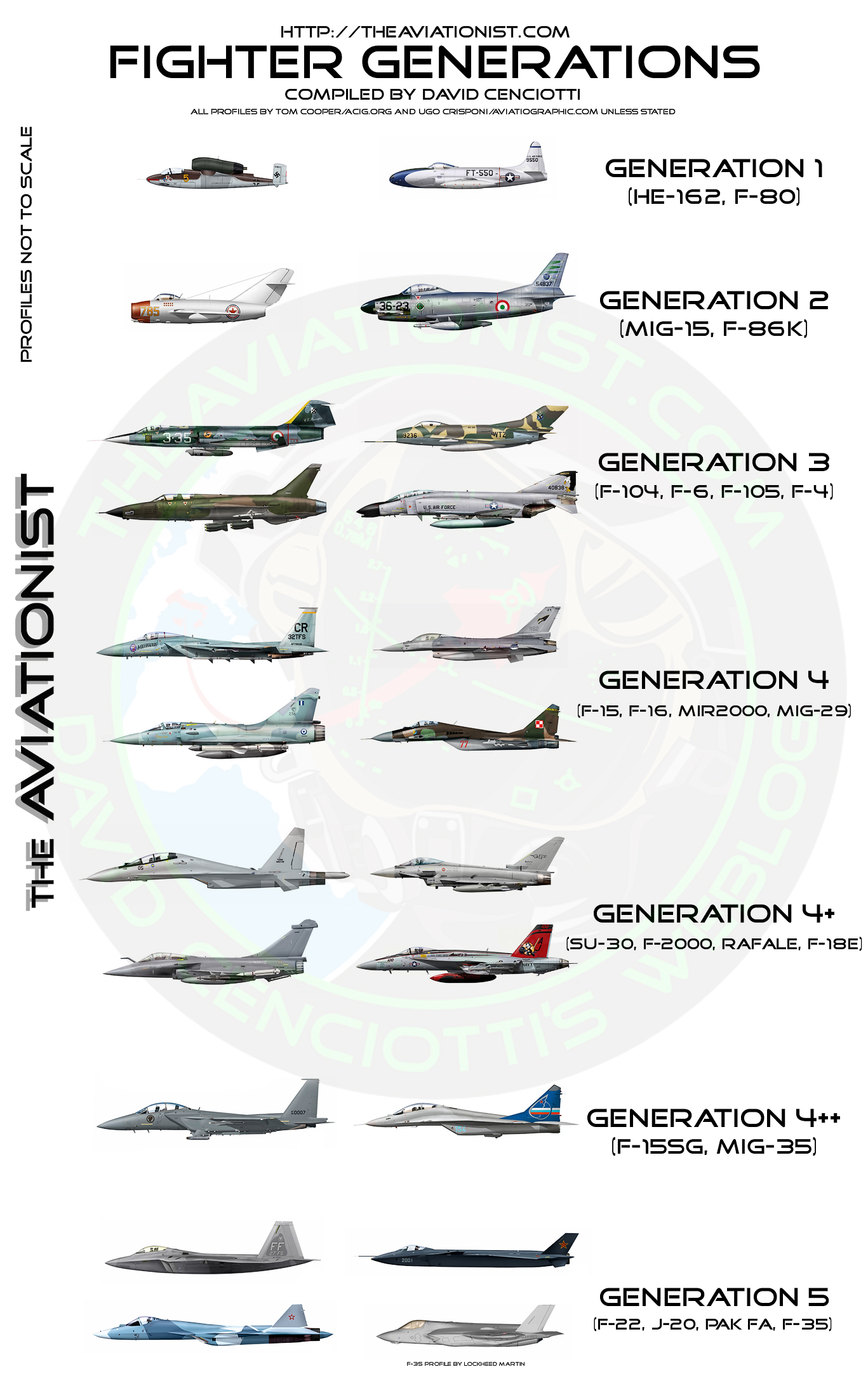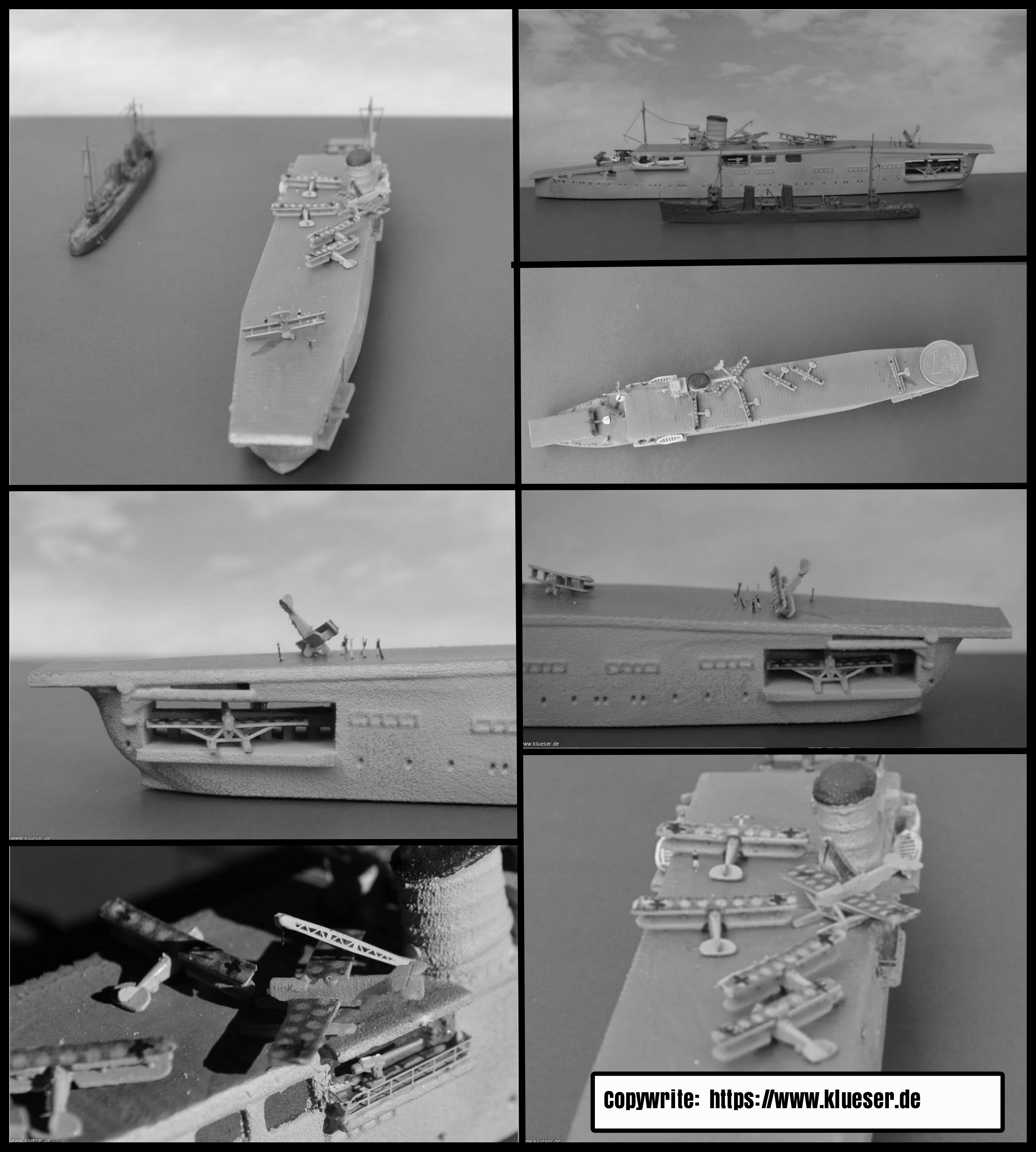Air Force Aircraft Mechanic - Yes! Thanks to our partnership with Polk State College, your FAA AMT/A&P certificate can transfer toward an associate's degree. PSC will award 30 credit hours, and you'll be halfway to your AS degree in Aviation Maintenance Administration.
Your resume is looking better all the time! The cost for tuition is $30,000 ($6,000 per course), which includes books, materials, tool set and tool box, and 3 FAA written exams. There is a $145 application fee once you are approved.
Air Force Aircraft Mechanic

Upon completion of the program, there is an FAA oral exam and an FAA practical exam. These cost a total of $1,050. Above all, we disclose all costs upfront so you can plan accordingly. Total cost is: $31,195.
Can My Training Transfer As College Credit?
Epic offers an FAA Part 147 program. This means that instead of serving as an apprentice for several years, you can go straight into the program and earn your FAA certification. The requirements to enroll in our program are as follows:
An aircraft mechanic school is where students train to become an Aircraft Maintenance Technician (AMT), the FAA title applied to aircraft mechanics. Another common name for an aircraft mechanic is Airframe & Powerplant (A&P). These technicians are trained to maintain and repair airplanes and jets to meet FAA standards.
Furthermore, they are authorized to inspect aircraft, supervise maintenance, perform preventive maintenance, and alter aircraft and aircraft systems. Epic is proud to be selected by the FAA to offer an aircraft mechanic school at our flight school location at the New Smyrna Beach Airport.
Yes. Under benefits provided by the GI Bill®, veterans can attend Epic's aircraft mechanic program. This includes Army, Navy, Air Force, and all military service members deemed eligible for GI Bill® benefits. Now that you're a civilian, why not take advantage of those benefits?

What Is The Cost For Training?
(Note: GI Bill® is a registered trademark of the U.S. Department of Veterans Affairs (VA).) Each course is approximately 4 months in length, so the entire aircraft mechanic program takes about 19 months to complete. This requires you to attend school 4 days per week (Monday through Thursday), 8:00 am to 3:00 pm.
Each course requires 450 hours of class time. Upon completion of the program, you will possess the license and qualifications so you can be hired immediately. The demand is so high today that many airlines provide signing bonuses of up to $15,000 and relocation incentives.
Whether you're just starting in aviation or already established, the A&P license offers a fulfilling career. And, with more than 670,000 new jobs opening over the next 10 years, you will have many options. The cost of your educational investment will pay off in a field that offers numerous careers.
Whether you find employment with Delta or Disney or decide to work at a great flight school like Epic, we know you will find the career path that fits you best because the options are endless.
Is This Program Approved For Veterans Training?
You will gain knowledge, develop skills, and foster a disposition of safety and care in this program. The majority of your learning experiences will be hands-on (60% labs, 40% lectures). You will work on actual aircraft with other students, and we pride ourselves on keeping our class size small.
Training begins with an introduction and orientation. Below is a partial list of skills you acquire in our program. Here is a brief description of the curriculum: There are two ways of recognizing the student's ability to demonstrate the necessary knowledge and skills for aircraft mechanic: practical experience or completion of a training program at a school certified under Part 147 of the FARs.
:max_bytes(150000):strip_icc()/structural_mechanic-56a9b2365f9b58b7d0fe27d5.jpg)
Epic's program is Part 147, which is approved by the FAA. Epic Flight Academy is located at the New Smyrna Beach Municipal Airport in beautiful New Smyrna Beach, Florida. Our flight school has successfully trained thousands of airline pilots, and we value our sterling reputation in the aviation industry.
Similarly, we apply the same values to our Part 147 aircraft mechanic school by providing highly-credentialed instructors. In other words, training at the airport means you'll learn in a hands-on environment. Therefore, you can observe our A&Ps conduct inspections, make repairs, and do preventive maintenance.
How Long Does The Program Take?
And, just as we hire our flight school graduates to become instructors in the flight school, we also hire graduates from our aircraft maintenance school to work on our planes and teach in our school. Why?
Because we know they will be trained to the highest standards and meet all FAA requirements! Yes, aircraft mechanics are in high demand, so we frequently host airlines and other businesses that are looking to hire Epic graduates.
Our students learn about salaries, signing bonuses, and benefits. We host such seminars at multiple times throughout the year. The safety of our Airmen and the success of every mission all hinge on the integrity of our aircraft.
It's up to the Aircraft Maintenance Officers to ensure that everything is in perfect working order. More than just directing essential maintenance operations, they implement crucial aircraft inspections, deliver combat support and perform airdrops all around the world.

What Is A Part School?
From technical systems to economic factors, they play a critical role in the U.S. Air Force's continued success. Want to peek under the hood of a plane? Epic Flight Academy in New Smyrna Beach, Florida invites you to enroll in our FAA Part 147 aircraft mechanic program.
Did you know that aircraft mechanic jobs are on the rise? So is the pay! If training to become an FAA-certified airframe and powerplant (A&P) aviation mechanic (also known as an AMT – aviation maintenance technician) in the aerospace industry is something you've been thinking about, we invite you to read on, and check out
our video! Become trained to repair helicopter and plane equipment, troubleshoot engine problems, and more. There are thousands of entry level positions in this industry. So, if you are thinking about a career change, consider becoming an aircraft mechanic.
We are frequently asked by teachers for information they can share with their students. If you teach aviation topics or mechanical courses, you can download and print our poster for your classroom. Feel free to reach out if you have specific questions.
Have You Ever Considered Becoming An Aircraft Mechanic?
Yes. Once you have ensured you are eligible to train at Epic, you will submit your visa processing fee. This covers your SEVIS I-901 government fee, I-20 processing, incoming student package, and English Assessment. Remember to prepare well for your visa interview.
When you apply for Aircraft Mechanic training, your Epic recruiter will help you apply for any scholarships available to help offset tuition. Furthermore, we offer two annual scholarships for high school seniors. Most importantly, you will have the potential to earn a generous aircraft mechanic salary that will quickly offset your initial investment. covers the full tuition of the Aircraft Mechanic Program.

Also, numerous organizations offer aviation scholarships. Additionally, Women in Aviation International awards a $20,000 Epic scholarship annually as do the Latino Pilots Association, the National Gay Pilots Association, and and the Organization of Black Aerospace Professionals.
The Association for Women in Aviation Maintenance (AWAM) also offers scholarships. Yes, as the pilot shortage continues, flight schools around the world must purchase more training aircraft, which requires them to hire more aircraft mechanics. Additionally, as air travel continues to increase worldwide each year, airlines are expanding their fleets.
Aviation Technical Classroom Teachers
Aircraft maintenance technicians continue to be in high demand. Due in part to a lack of trade schools, there is a critical shortage of vocational and technical skills in today's marketplace, and we provide training to help address that shortage.
In fact, GE Electric recently contacted Epic to recruit mechanics at the starting pay of $31 per hour. Additionally, FEAM Maintenance / Engineering offers both employment and $15,000 in tuition support for Epic students. You do not pay the full tuition price upfront.
Rather, you pay $6,000 per course as you progress through the program. The first semester's payment is due when you sign your enrollment documents. After that, you will be invoiced one week prior to the first day of class during subsequent semesters.
These payments are due upon receipt. Furthermore, financing is available through student loans. Join Epic's Aircraft Mechanics Forum to share thoughts, ask questions, and connect with others who are interested in this career. The Forum is a great place to exchange ideas and share information!
![A 96Th Aircraft Maintenance Squadron Red Team Prepares To Move An Aim-120 Toward Their F-15, April 29 At Eglin Air Force Base, Fla. [2048 X 1714] : R/Militaryporn](https://preview.redd.it/a-96th-aircraft-maintenance-squadron-red-team-prepares-to-v0-7m26z0v5z7x81.jpg?auto=webp&s=52e38d1367574a1a47b3cd420fa85b7e50ed334e)
Can International Students Train As Aircraft Mechanics?
You can also check out our Frequently Asked Questions regarding our Aircraft Mechanic program. Starting pay for aircraft mechanics is in the neighborhood of $60,000, but this will vary depending on which company you choose for your employer.
The pay per hour ranges from $20 to $50 depending on multiple factors. So, we encourage you to research further details about aircraft mechanic salaries and wages including starting, average, and top pay. There is currently an aircraft mechanic shortage, so many companies are offering signing bonuses and excellent benefits.
Epic Flight Academy's Aircraft Mechanic Program opens the door for you to have an amazing career in aviation or related industries. By earning your Airframe & Powerplant (A&P), you'll be on a pathway to your choice of financially rewarding aircraft mechanic jobs.
This training allows you to work on everything from hot air balloons in Albuquerque to jumbo jets at United, UPS or FedEx. You will be qualified to work for commercial airlines, aircraft manufacturers, Space X, private jet owners, government agencies, and even companies like Disney World.
Does Epic Provide Scholarships For Its Aircraft Mechanic School?
Whether a Boeing or Airbus, you can even freelance and work for individual airplane owners. Epic maintains partnerships to provide interview opportunities for its graduates.
air force aircraft mechanic salary, air force jet mechanic, air force aircraft mechanic mos, us air force aircraft mechanic, jet engine mechanic air force, aircraft technician air force, air force aircraft mechanic afsc, air force mechanic job description


































